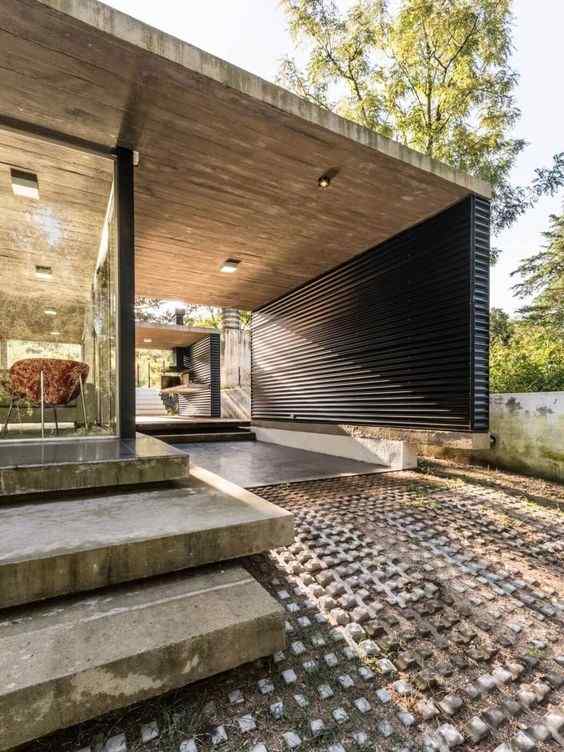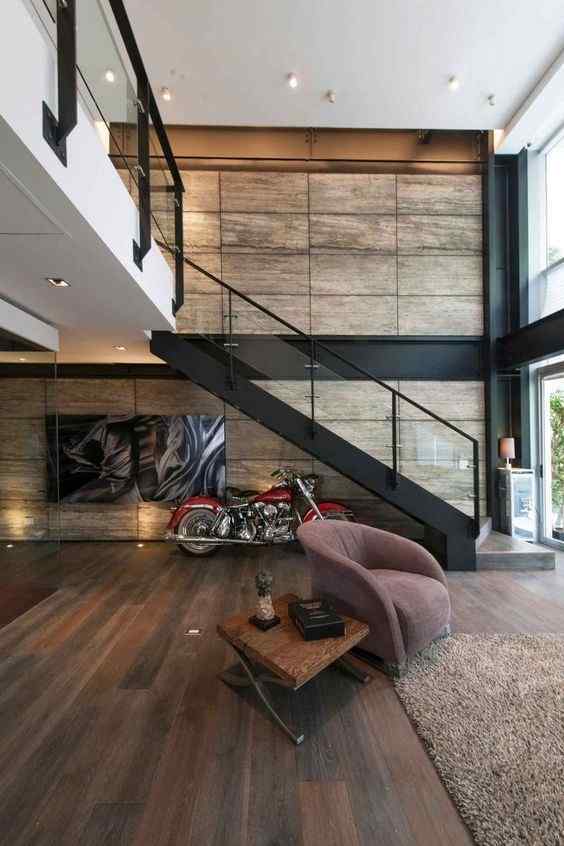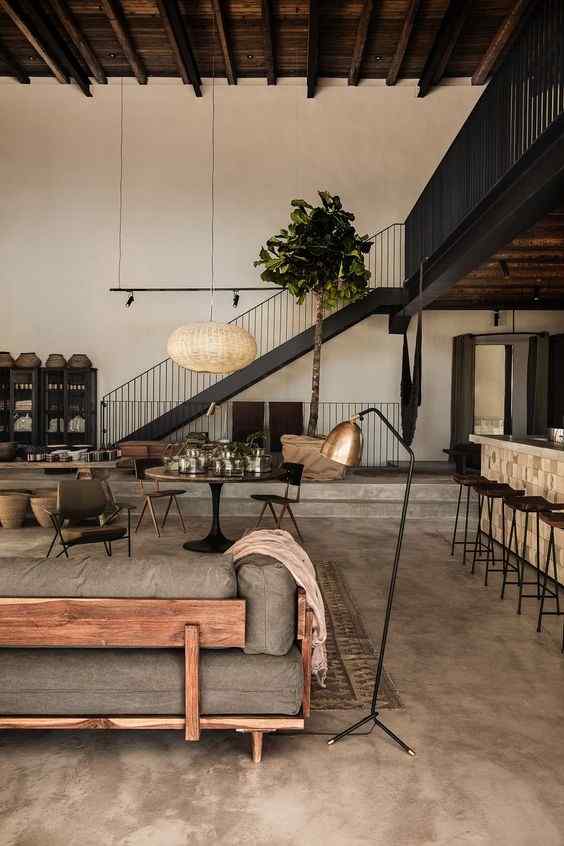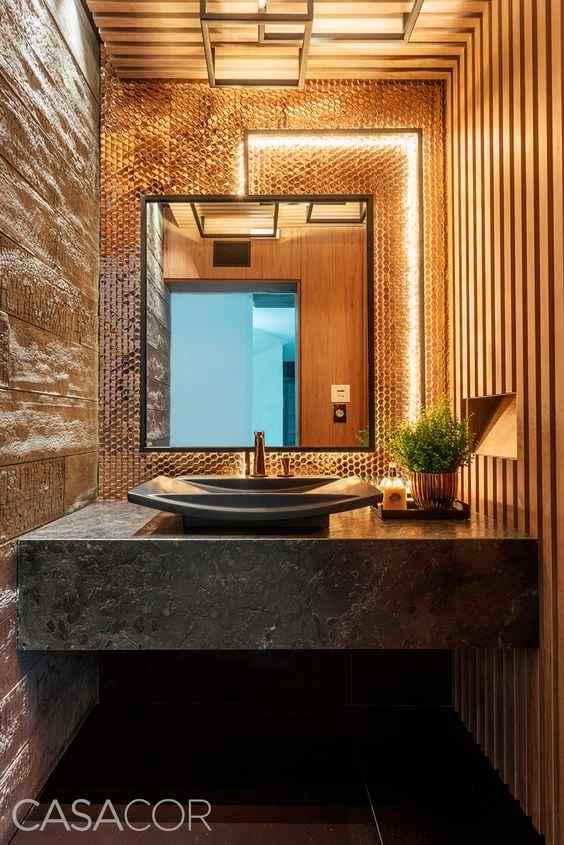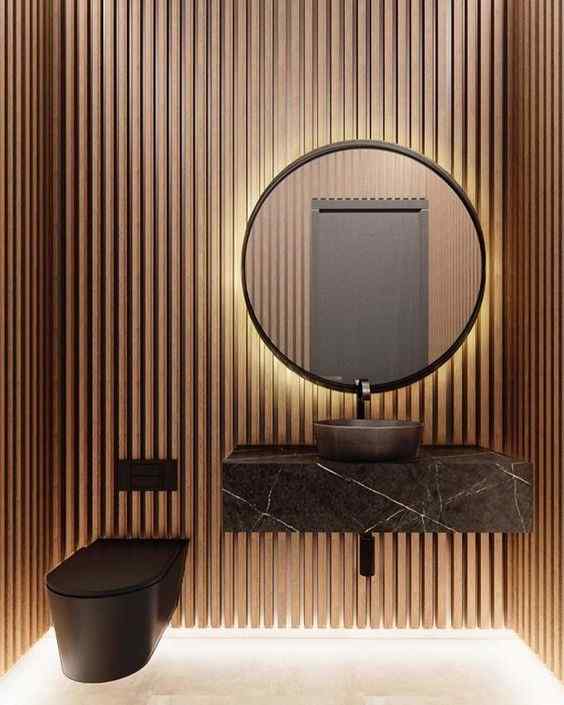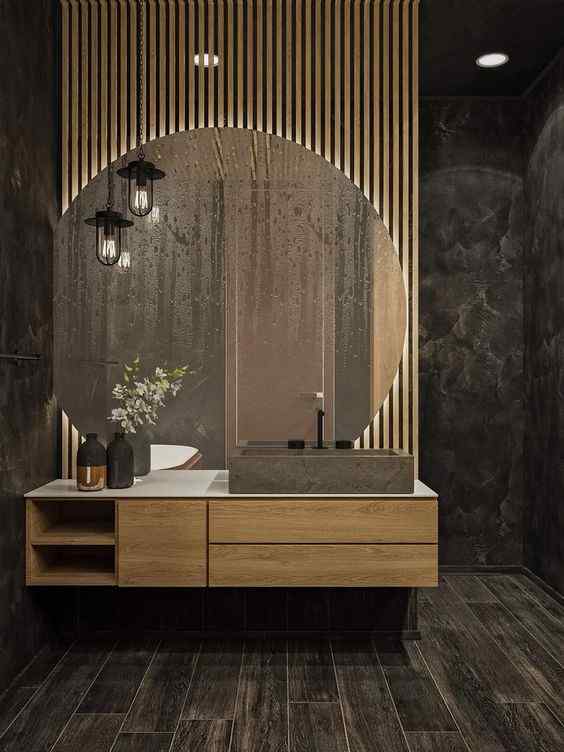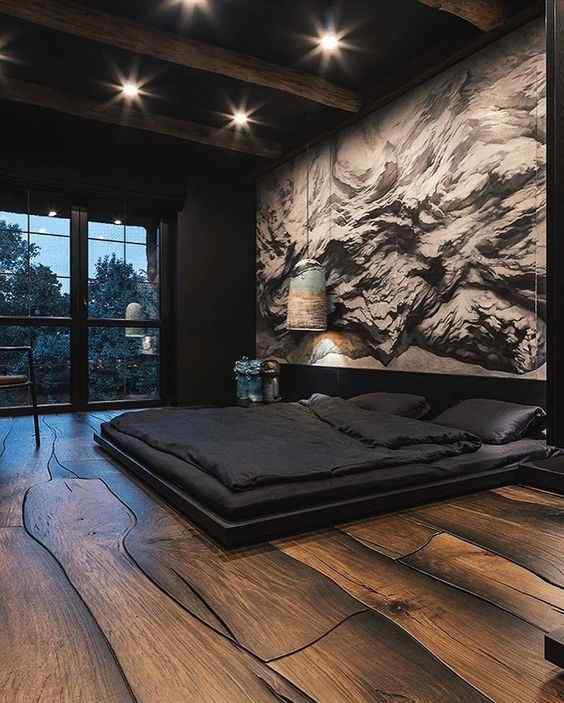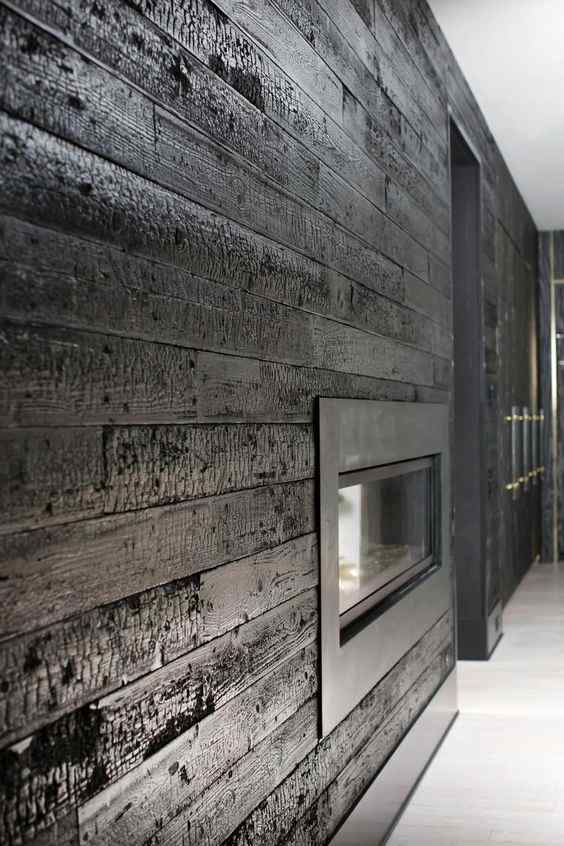The West is very often inspired by Japan for the decoration and the efficiency of certain construction techniques. At the border of art, home design and an ancestral technique from the 18th century from Japan, the "Shou Sugi Ban". Quite little known in Europe a few years ago, it is increasingly appealing to designers and architects both for the beauty and originality of the work, and for its many advantages. Back on the trend in vogue respecting man and nature.
Coming straight from Japan, the burnt wood technique, also called Shou Sugi Ban or Yaki Sugi, consists, as the name suggests, of burning wooden slats on the surface to make them more resistant, and thus increasing their lifetime. Originally used by Japanese fishermen for the facade of their cedar house ("Sugi" in Japanese), this method has been gaining popularity recently in Western countries, especially in France.
Japanese carpenters used to pick up driftwood along the coast for its strength and worn appearance. As it became more and more difficult to meet the demand for this type of wood, these professionals tried to achieve the same effect by burning or damaging other species, traditionally Cedar.
The technique of Shou Sugi Ban was born. Several carpentry companies have since taken up the torch, playing on different woods to offer a wide variety of finishes and a unique aesthetic appearance.

